by cristiano | Oct 17, 2018
Lectures remain the more common method used in medical education, from graduate courses to continuous medical education, often in the complete ignorance of the basic principles of adult learning, and typically using text-intensive, confounding powerpoint presentations...

by cristiano | Oct 17, 2018
Numerous drugs can cause renal insufficiency, or facilitate its progression, so they should be used with particular caution. The so-called NSAIDs (non-steroidal anti-inflammatory drugs) are the most often used painkillers (e.g. nimesulide, ketoprofen, diclofenac,...

by cristiano | Oct 17, 2018
The target of 10-11 gr/dL of hemoglobin has been identified in patients with chronic kidney disease (CKD) as the hemoglobin level associated with a lower risk of complications, particularly for the cardiovascular system. It is also pointless to administer ESA without...

by cristiano | Oct 17, 2018
Hemodialysis is a challenging treatment, not only for patients, but also for their families. Adult patients’ continuous absences from work, and pediatric patients’ absences from school are already an important factor limiting their normal life. For elderly patients,...

by cristiano | Oct 17, 2018
The presence of renal stones can be identified by a simple ultrasound test. Ultrasonography identifies calcium stones particularly well, but also reveals stones of other compositions, with the exception of certain particular types (e.g. cysteine stones). Sometimes...








Recent Comments